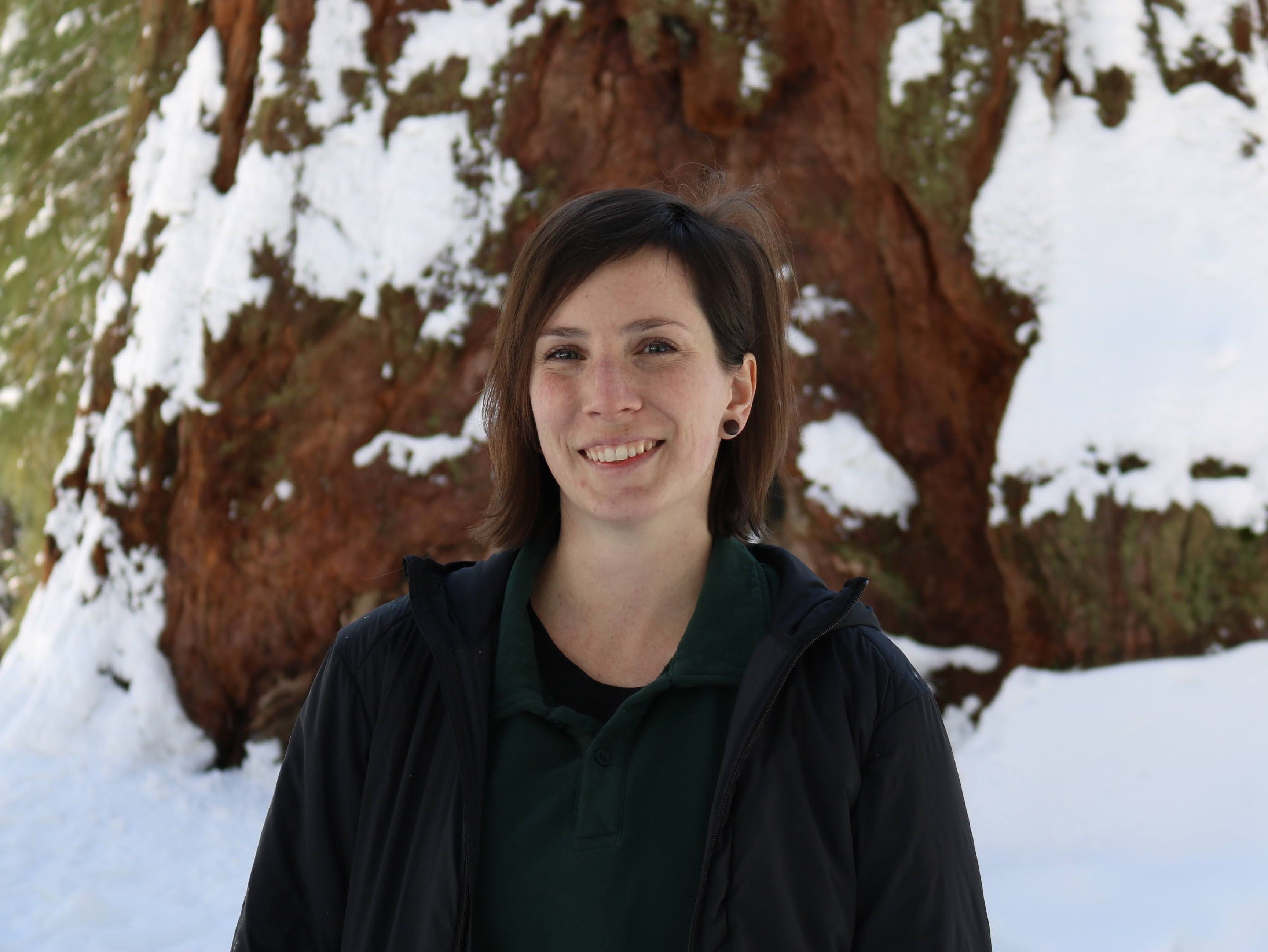WHO WE ARE
Copyright Visual Arts is a not-for-profit copyright management society providing Creator’s Rights administration for professional Canadian and Québécois visual and media artists. It provides Users (people or businesses requesting to exhibit or reproduce artworks) with licensing for the use of the artworks. The collective’s corporate name is Canadian Artists’ Representation Copyright Collective Inc (CARCC), and it operates under the business name, Copyright Visual Arts - Droit d’auteur arts visuels (COVA-DAAV).
A copyright collective is an organization that administers the rights of copyright owners (affiliates) who provide the collective with the mandate to manage the copyright of the affiliate artists. The collective can grant permission to use its affiliates’ works and to negotiate the conditions for those uses. The collective charges fees for the uses, collects payment for the use and pays the affiliates (their members).
Copyright Visual Arts represents over one thousand visual and media artists. Professional artists become members of Copyright Visual Arts because they understand that the best way to increase the level of payments for copyright royalties, is to work with a copyright management society.
Copyright Visual Arts responds to a shifting Art economy in the digital age by providing effective tools to enable visual and media artists to achieve sustainable careers. Copyright Visual Arts facilitates broad access to the finest works by Canadian and Québecois artists through simple and effective online or person-to-person licensing.
Brief History:
COVA-DAAV was established in 1990 as a copyright collective that licenses and administers copyright for visual and media artists in Canada. In 1988, the Exhibition Right was added to the Copyright Act after the advocacy of CARFAC. CARFAC saw the need for a copyright collective to help artists with the management of copyright. A copyright collective could negotiate fees and licenses for the use of an affiliated artist’s copyright. They also administer reprography royalty payments collected on behalf of eligible affiliates through Access Copyright and other agencies that licence reprography.
Copyright Visual Arts is a subsidiary organization of CARFAC and RAAV. One does not have to be a member of CARFAC to affiliate with Copyright Visual Arts, but there are advantages to being associated with both.
Governance FOR and BY Visual and Media Artists
Copyright Visual Arts is administered by a Board of Directors composed mainly of artists appointed in equal number by the two member associations, the Canadian Artists Representation / le Front des artistes canadiens (CARFAC ) and the Regroupement des artistes en arts visuels du Québec (RAAV).
The Directors have a duty to supervise the copyright society in the best interest of the artists it represents. Decisions are taken by consensus. These artists work as volunteers and receive no other payment than the reimbursement of their travel expenses. Meetings are held mostly by teleconference except twice a year for a face-to-face and the Annual General Assembly.
Copyright Visual Arts operates in both official languages of Canada. It employs two Copyright Agents and a Coordinator.
MEET OUR BOARD OF DIRECTORS
Avery Zhao-Djokic
Co-Chair at RAAV
Paddy Lamb
Co-Chair at CARFAC
GUY LAVIGUEUR
RAAV
Alejandro Romero
CARFAC
Gilles Payette
RAAV
Katie Green
CARFAC
MEET OUR STAFF
Marcia Lea
Executive Director
Ottawa
WHAT WE DO
Copyright Visual Arts negotiates the best conditions for diverse uses of an artistic work by institutions, businesses and individuals: the USERS. It provides Users copyright licenses allowing them to use artistic works created by its members. Copyright Visual Arts then collects the royalties from the Users and pays the Artists within 30 days of reception of payment.
All Users need to obtain a license to use works by a member of Copyright Visual Arts. Licensing online through our platform is simple, fast and cheaper for the User. Reduction of 12,5%to 20% of our regular administration fees applies on all online licensing. Users may also use our person-to-person licensing service at our regular rates.
At year’s end Copyright Visual Arts produces for each Artists who received royalties or professional fees during a given year a T-5 for income tax reporting purpose.
HOW WE DO IT
These guidelines are included here for the information of members of Copyright Visual Arts and of Users of their works. They may also be of use to independant artists who are interested in our services and to individuals in the general public who wish to inform themselves of the principles surrounding copyright use and copyright administration.
Copyright Visual Arts uses the CARFAC-RAAV Minimum Copyright and Professional Fees Schedule only as a reference for the negotiation of licenses for uses of its members’ copyrighted works. Copyright Visual Arts always asks more than the recommended minimums for its members.
-
-
Membership
-
-
-
License to use the copyright of a Copyright Visual Arts Member or Associate
-
-
-
Transfer of ownership of a work does not mean a transfer of copyright
-
-
-
Recommended Minimum royalties and Copyright Visual Arts
-
-
-
Administrative fees
-
-
-
Online licensing system
-
-
-
Accreditation (right of paternity)
-
-
-
Definition of copyright royalties
-
-
-
Royalty reductions for quantity
-
-
-
Royalties proportional to sales
-
-
-
Alteration of a representation of a work
-
-
-
Royalties Reduction linked to the Promotion of an exhibition or an event dedicated to the presentation of a work of visual or media art
-
-
-
Promotion by sales venues
-
-
-
Penalty for unauthorized use
-
-
-
Payment
-
-
-
Payment to artists
-
-
-
Proof of Print Run
-
-
-
Duration of authorization
-
-
-
Advertising use (commercial or promotional)
-
-
-
Not-for-profit cultural organizations' royalties
-
-
-
Fair Dealing
-
-
-
Appropriation
-
-
-
Copyright on photograph of art works
-





